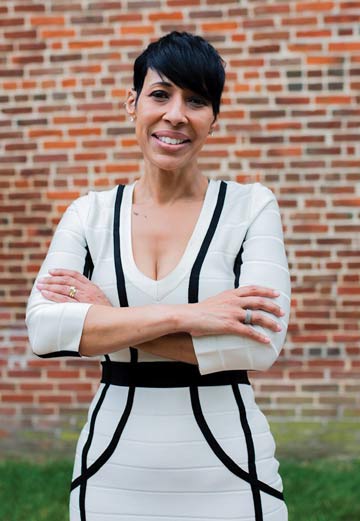In her quest to create an anti-racist healthcare system, DeAnna Minus-Vincent, MPA, often thinks about her grandfather. Ms. Minus-Vincent, senior vice president and chief social integration and health equity strategist at RWJBarnabas Health in New Brunswick, N.J., says her grandfather was unable to look a white woman in the eye until the day he died. Even at 87 years of age, he lived in fear as a Black man in America.
His experience gets to the heart of why providing equitable, anti-racist and non-biased patient care is such a daunting undertaking. There are entire segments of society that have major trust issues with the nation's healthcare system. "It has been shown time and again that health care hasn't always been friendly to people of color, whether it's big issues such as the Tuskegee syphilis experiment or everyday occurrences where our feelings and concerns are blatantly ignored by providers," says Ms. Minus-Vincent.
In order to fix systematic discrepancies, healthcare providers must first recognize there's a problem for individuals who have been negatively impacted. RWJBarnabas Health is taking an important first step of acknowledgement by launching a system-wide diversity strategy (see "Ending Racism Together").
"We're acknowledging that minorities have a right to mistrust the healthcare system," says Ms. Minus-Vincent. "We've started down a path toward creating healthier communities by getting their input and working shoulder to shoulder with them to create an anti-racist organization."
RWJBarnabas Health is focused on improving the care of patients with limited English proficiency, according to Ms. Minus-Vincent. The health system ensures patients with language preferences other than English have access to interpreters and have their educational materials translated into language they can understand. RWJBarnabas Health is also revamping its admission processes and how it will build out its standard electronic health record.
"Our intake workers will be required to ask for a patient's race, ethnicity and preferred language, and that information will be a static field in the EHR, so every provider can see it," says Ms. Minus-Vincent. "This process change will come down to education and making sure staff asks about these things 100% of the time."
.svg?sfvrsn=be606e78_3)


.svg?sfvrsn=56b2f850_5)